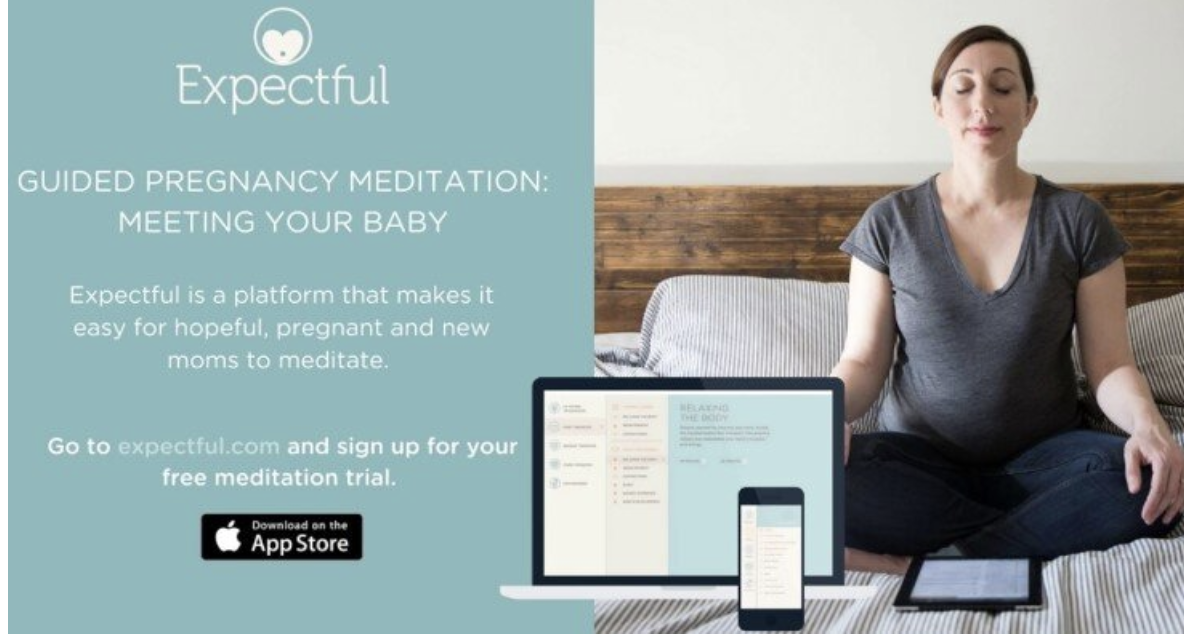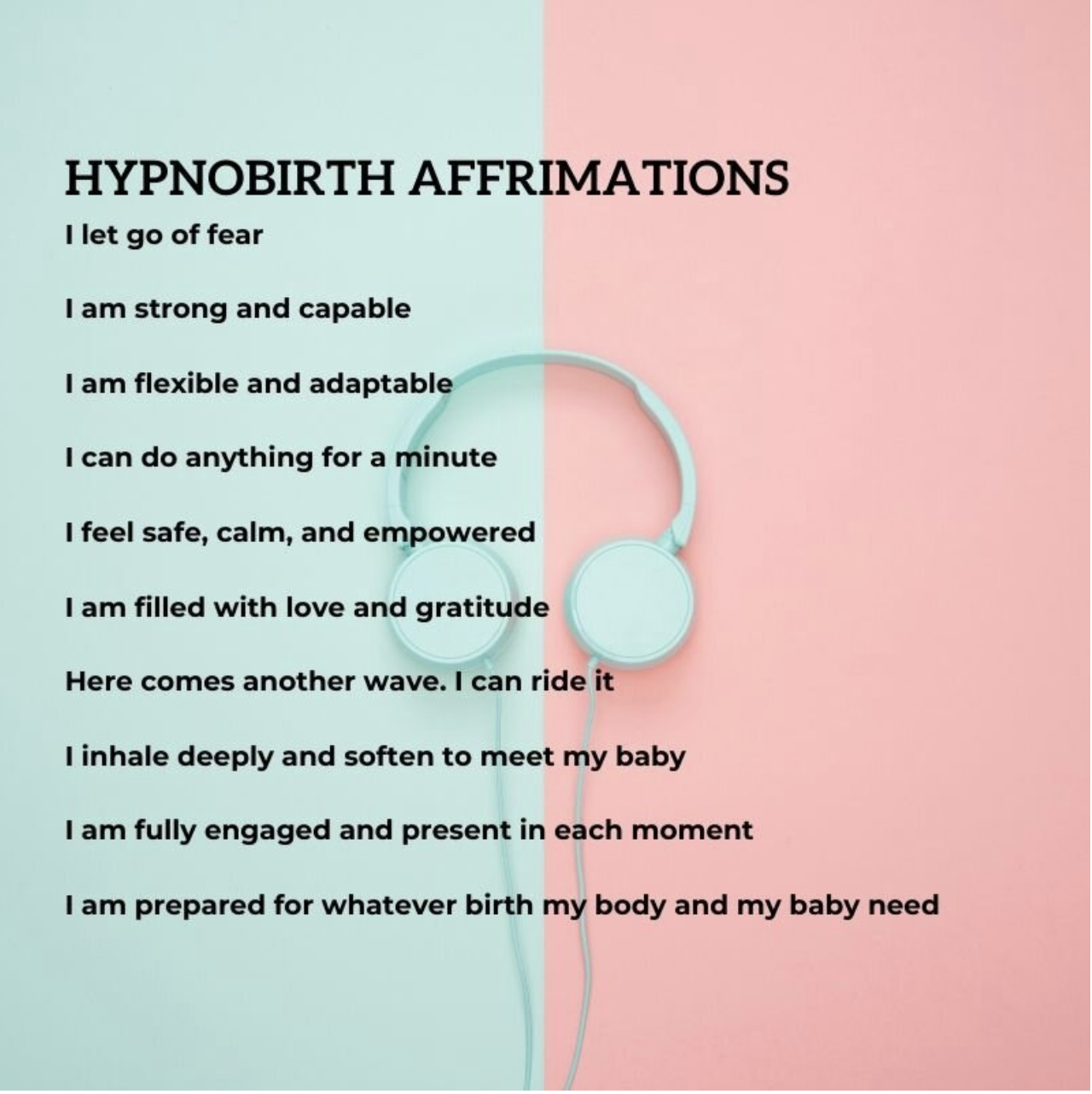10 Doula Tips for Unmedicated Birth
A non-judgemental doula can help with any kind of birth, whether you’re planning an unmedicated birth, an epidural, an induction, and even a cesarean.
Doulas are professionally trained, non-medical, support people who can provide physical support, emotional support, and information before, during, and after birth. They support the birthing person, the partner, family members, and the entire medical team to have a positive experience. A doula is hired by the family giving birth, and can offer suggestions for comfort and labor progress, but is also there to work collaboratively with your health care providers.
For individuals who desire to try some or all of labor without pain medication like an epidural or IV pain meds, here are some tips and techniques from the Doulas of Capitol Hill:
TENS machine- It’s a patient controlled device that provides an electrical pulse to spots on the lower back, neurologically closing the pain receptors in the brain using Gate Control, making the person perceive contractions as less painful. You can buy them online or rent one from your doula.
“Many people like a TENS machine and mindfulness type scripts. Some people have loved the Gentle Birth app for the mindfulness aspect.” -Sarah M.
Mindfullness techniques- They say life is 10% what happens to you and 90% how you react to it. By learning mindfullness techniques many people are able to work through the challenge of labor by reducing fears and anxiety of the future.
Visualizations- Similar to mindfulness, visualizations are the power of harnessing the mind. But in this case it means taking time to picture, whether it’s a mental image or getting pencil or pen and sketching out the scene, the different parts of the labor and delivery process to feel more prepared for the possibilities. Just like an athlete would mentally prepare for winning the game, or a runner would picture crossing the finish line, birth is a workout and those who practice visualizations can be better prepared for the big day.
“Visualization and taking time to mentally get ahead of each new phase of labor. Like the transition to active and then as contractions get closer/stronger and transition to pushing. So as things change letting yourself have a little time of freaking out if needed and then mentally accept the new stage and own it. I've seen clients hit a change and then assume their ability to cope is entirely gone but other clients fight through that freak out and mentally get on board and then can completely do the next phase and the next until baby's out.” - Kaely H
Breathing techniques- Evidence Based Birth looked at 4 randomized, controlled trials that studied breathing techniques and 3 out of 4 studies showed that when utilized with other methods such as relaxation, hypnosis, guided imagery, and continuous support, controlled breathing was an effective method of non-drug pain relief. The fourth study looked at breathing alone which showed it made no difference than standard care.
“My 2nd daughter was an unmediated birth, not planned, but what got me through active labor was deep breathing and going to “happy places” so I could relax during the contractions.” - Kim S.
Hypnosis- Hypnotherapy is hypnosis for a specific medical purpose. There are many programs to practice self-hypnosis for pregnancy and birth such as HypnoBabies (™), HypnoBirthing (™) the Mongan Method, and others. The theory behind hypnosis is that it alters the central nervous system and can potentially make painful sensations less unpleasant or even not painful.
“After listening to the self-hypnosis recordings for many weeks throughout their pregnancies, many of my clients have been able to look back on their birth experience and say that it was the most intense experience of their lives but would not describe it as painful.” -Emily S.
Relaxation, Rhythm, and Ritual the 3 R’s of Childbirth by Penny Simkin- The founder of Doulas of North America (DONA) developed the 3 R’s for labor. Examples of the 3 R’s might be sitting on a birth ball and rocking back and forth, counting through the contraction, vocalizing or repeating a word or phrase, or massaging a body part repeatedly.
“Finding a rhythm and taking one contraction at a time (not getting overwhelmed by the unknown of how long it’s going to last and thinking of contractions as a never ending expanse of pain).” -Casey N.
Finding a focal point- It might be a photo of you and your partner on a favorite vacation, an ultrasound photo of your baby, or a small item with personal or religious significance. By having this item in your hospital bag you’ll have one more strategy to try during labor. And who knows, maybe this will the one thing that is most helpful!
Focus on breathing and a focal point (find a spot in the room, a person or bring something and with every contraction focus on that. Ex: a past client brought a photo of her husband as a baby. One client liked the idea of looking straight ahead imaging shooting her baby across the room and hearing me count till it was over. - Vanessa F.
Labor in Water- In 2016 The American College of Obstetricians and Gynecologists made the recommendation that immersion in water during the first stage of labor may be associated with shorter labor and decreased use of spinal and epidural analgesia and may be offered to healthy women with uncomplicated pregnancies between 37 0/7 weeks and 41 6/7 weeks of gestation. Ask your doctor if utilizing the shower at home or in the hospital is an option during labor and prior to pushing.
“If my client was planning for an unmedicated birth but her ability to stay “on top of” and in control of contractions begins to wane, usually some time in the shower will be a relief, making the contractions more manageable than before.” -Emily S.
Movement and Positions- One of the best resources to teach positions for an easier, more comfortable pregnancy and birth is Spinning Babies. By utilizing these positions people may have a more comfortable pregnancy and be able to shorten the length of first and second stage labor by helping the baby make the necessary movements to pass through the pelvis and be born. Who doesn’t want a shorter labor?
“(I teach my clients) to focus on: -positioning -breathing -counter pressure -mantras and mindfulness.”- Amy D.
USE YOUR DOULA.- Doulas are non-medical experts in pregnancy, birth, and postpartum, and that includes all types of birth. By connecting with your doula early in pregnancy, early in labor, and soon after returning home from the hospital, a doula will be there to provide physical support when things are at their hardest, emotional support to you and your partner, answering questions and sharing information so you can make informed decisions that are right for your family..
If your doctor is on-board with you staying at home during early labor then do so and contact your doula to offer suggestions for comfort and labor progress. A Cochrane Review meta analysis of many studies show that people who have doula support are more likely to feel satisfied with the experience.










